Healthy Slow Cooker Recipes - Hearty, Comfort Food
Slow cooking is such an easy and efficient way of cooking. Throw everything into the pot, then when you come home in the evening, voila your meal is ready.
Not only that, it tenderizes the meat, intensifies the flavor and is such an easy way to include beans and vegetables. This is one pot cooking at its best. Our healthy slow cooker recipes will help you get the most out of your slow cooker or crock pot.
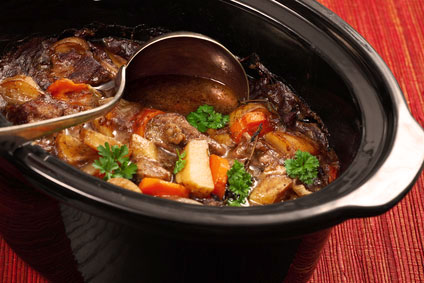
Which recipes are suitable for slow cooking?
Almost any soup, stew, tagine or curry recipe is suitable to be slow cooked. It is very easy to modify your favorite stew or casserole recipe into a slow cooked one. You just need to adjust the liquid content to accommodate the long, slow cooking times. As a general rule, use about half the amount of liquid that you would use in a conventional recipe.
Once you learn how to adapt your recipes, the possibilities are endless.
What are the best cuts of meat?
One of the benefits of slow cooking is that it utilizes those cheaper cuts of meat that are unsuitable for other cooking methods. Not only will this save you money, but these cuts are extremely flavorsome. The slow cooking process breaks down the connective tissues and fibres until the meat is tender and succulent. Meat on the bone gives you even more flavor.
Beef
Topside, oyster blade, round, chuck, skirt, gravy beef.
Veal
Osso Buco, shanks, shoulder
Lamb
Neck chops, boneless shoulder, shanks, boneless forequarter
Pork
Forequarter chops, neck, belly, shoulder
Chicken
Any piece on the bone, such as drumsticks, thighs, marylands
Seafood
Seafood is generally not suitable for slow cooking as it toughens too quickly.
What are the best vegetables?
Vegetables not only add flavor but can help to thicken a stew by breaking down during cooking.
Garlic and Onion
Are almost an essential ingredient for any stew or casserole for added flavor. Cut them into small pieces so they will cook down and become part of the sauce.
Root Vegetables
Such as sweet potatoes, carrots and potatoes are an ideal choice as they require a long cooking time. Cut them into uniform sizes, about an inch, so they cook evenly and keep their shape.
If using large vegetables place them on the bottom of the pot with the meat on top.
Other Vegetables
Fast cooking vegetables such as broccoli, peas, beans or snow peas should be added towards the end of cooking to prevent them from overcooking and becoming mushy.
Beans
Some varieties of dried beans will need to be cooked at boiling point for at least ten minutes before adding to the slow cooker in order to deactivate a toxic chemical in the beans. Simply cooking them in the slow cooker is not sufficient because the beans won’t reach the required temperature.
Kidney-shaped beans are all related to each other and must be washed, drained and boiled in fresh water until tender before adding to slow-cooked dishes. Once cooked, add to the slow cooker at the same time as canned beans.
Soya beans and chickpeas can be used raw. There’s no need for overnight soaking, just rinse them well first.
Slow Cooker Settings
Slow cookers usually come with at least three heat settings, high, low and warm.
Choose low for very gentle slow cooking and high for quicker cooking. If you’re pressed for time setting the slow cooker on high will halve the cooking time.
The high setting also comes in handy when adding ingredients or thickening the sauce at the end of the cooking time. Remove the lid, add the ingredients or the thickener, replace the lid and leave on high for 10 – 20 minutes.
Some slow cookers have a warm setting. This doesn’t actually cook the food, but maintains the temperature until you’re ready to eat.
Freezing
One of the great benefits of slow cooking is that you can cook food in large batches. This allows you to either feed large groups or freeze the leftovers.
Once the food has cooled, skim off any excess fat and store in suitable freezer containers. The high moisture content of slow cooked dishes means they thaw and reheat beautifully without drying out.
Discover the Secrets to Slow Cooking
Home » Healthy Slow Cooker Recipes

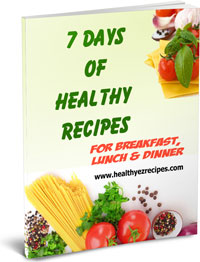

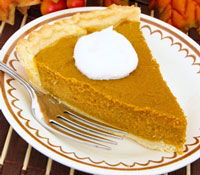
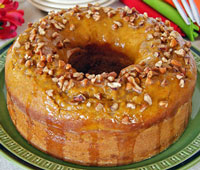


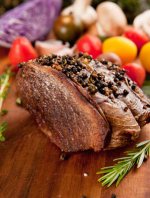
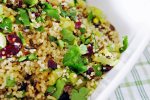
New! Comments
Have your say about what you just read! Leave me a comment in the box below.